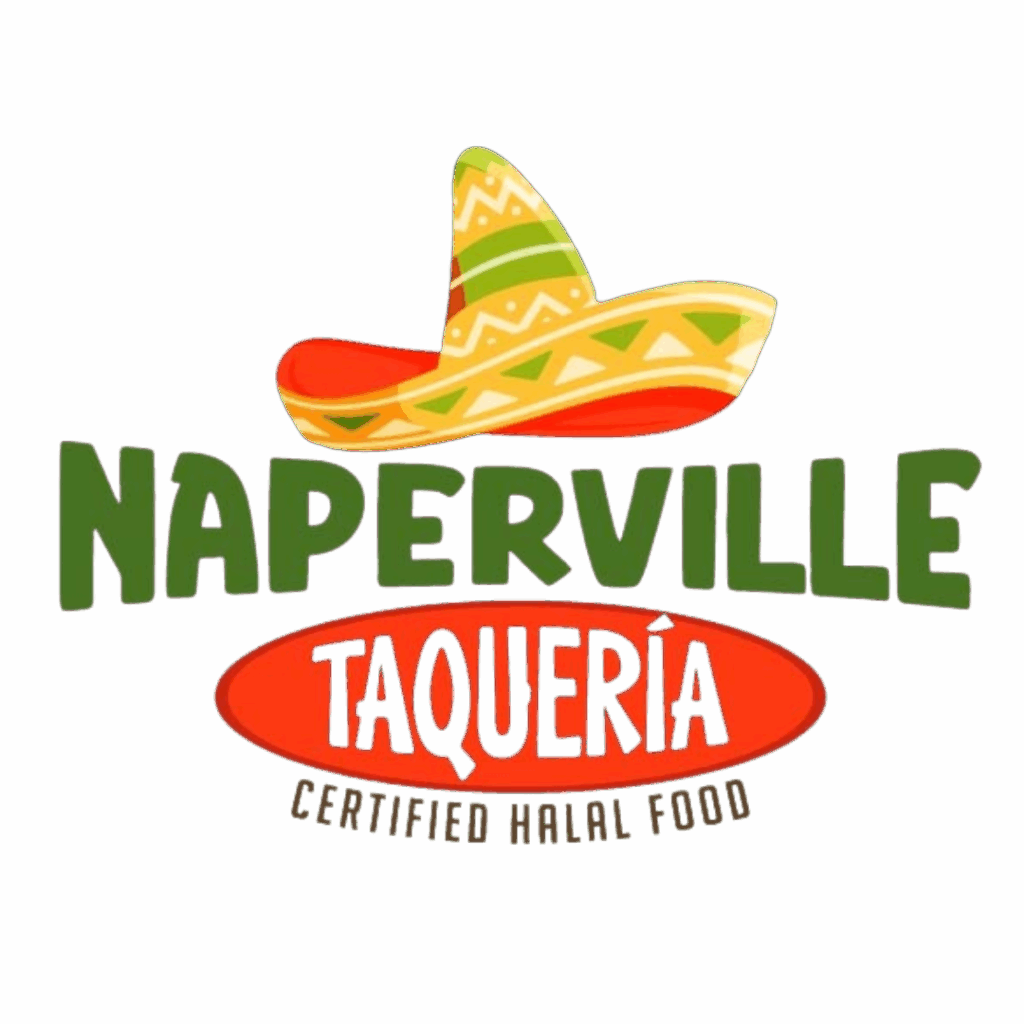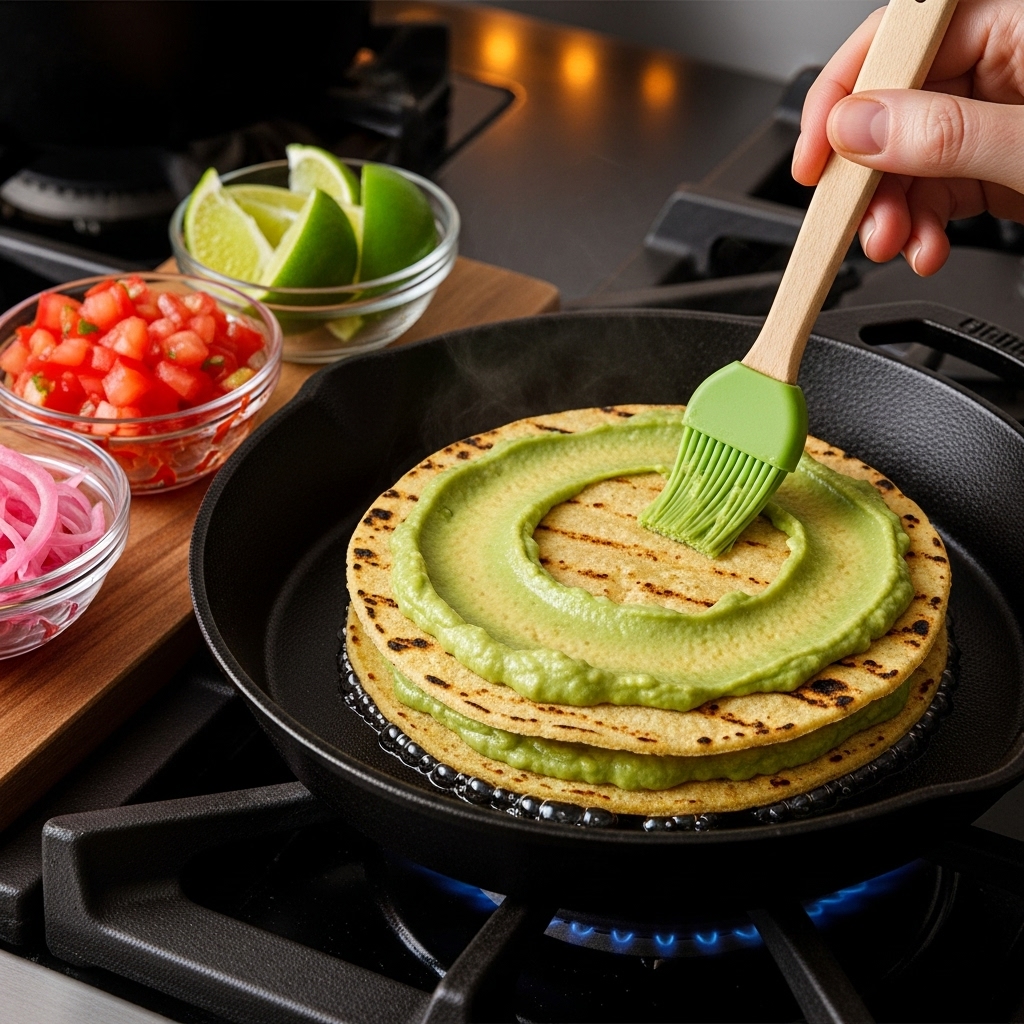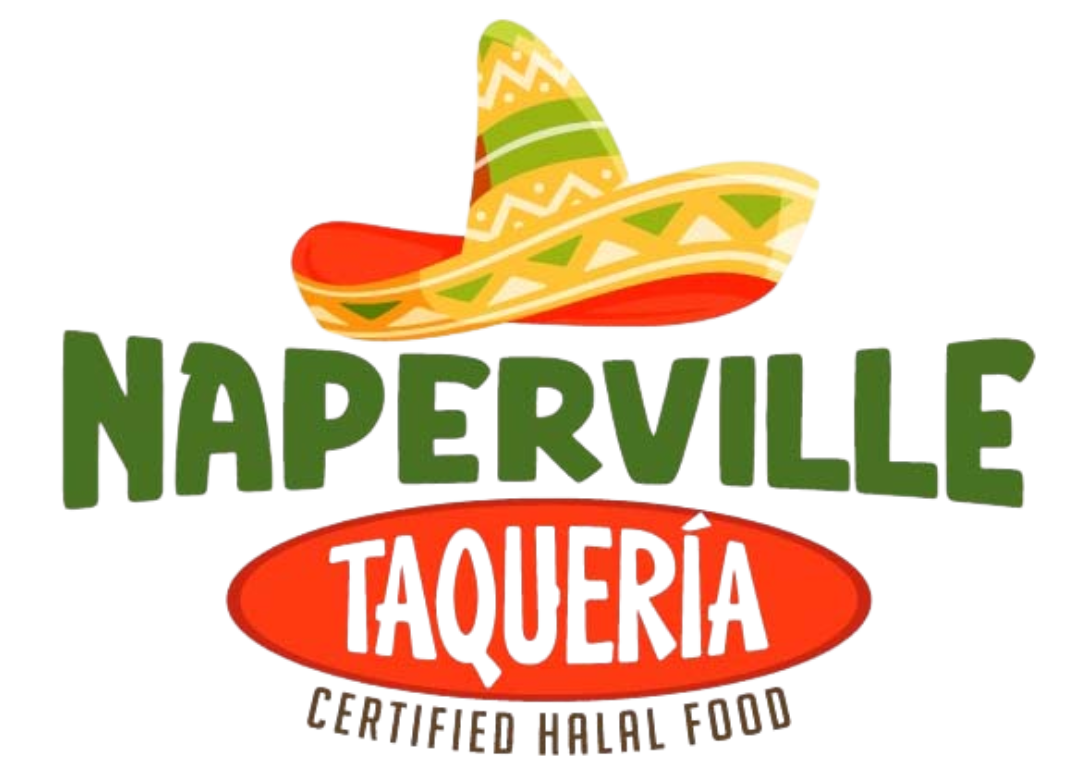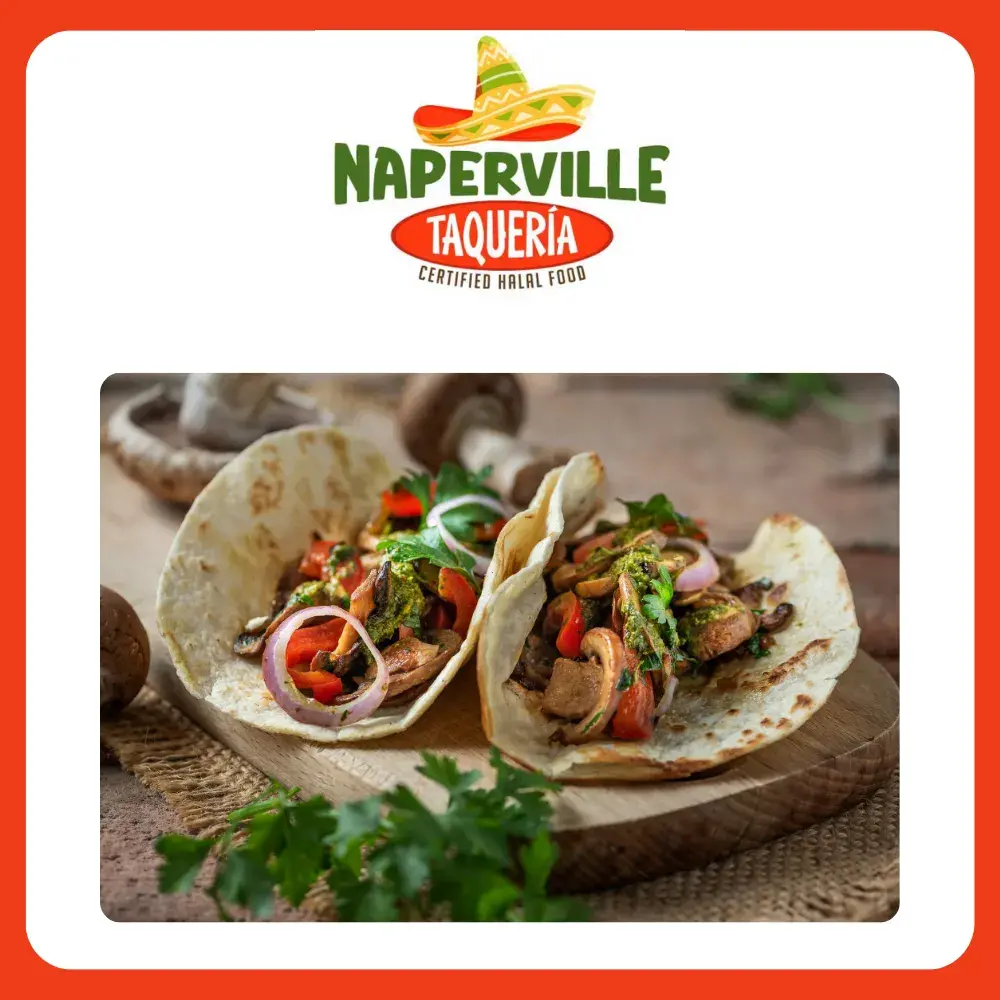As much as Naperville loves tacos, we’ve all faced a few common hiccups—soggy tortillas after a drive down Route 59, fillings that slide out on the first bite, or heat that overwhelms rather than excites. The good news is that every one of these issues has a practical fix. After years of talking tacos with neighbors along the Riverwalk and watching families fine-tune taco night in kitchens from Downtown to 95th Street, I’ve collected the adjustments that make the biggest difference. If you’re scanning options for your next visit or planning a spread at home, a quick look at the menu can help you anticipate the right textures and flavors before you order.
Think of tacos as architecture. The tortilla is your foundation, the filling is your structure, and the salsas and garnishes are your finishing details. When something goes wrong, it’s usually because one element wasn’t prepared for the role it needs to play. The fixes are simple: adjust moisture, manage heat, warm wisely, and build with intention. Once you learn these patterns, you’ll troubleshoot on the fly and enjoy tacos that feel as neat and refreshing on the last bite as they did on the first.
Problem: Soggy tortillas that can’t hold the filling
Nothing deflates a taco faster than a tortilla that gives up halfway through. The most common culprit is moisture management. Saucy fillings and juicy salsas need a tortilla with integrity. If you’re taking tacos to Centennial Beach or back to an office near Washington Street, ask for salsas on the side and assemble just before eating. At home, warm tortillas on a hot, dry skillet; heat tightens the structure and increases aroma, both of which help the tortilla stand up to moisture. For very juicy fillings, double up corn tortillas so each one carries part of the load without tearing.
Another trick is to use a moisture barrier. A thin layer of guacamole or a few slices of avocado create a gentle shield between the tortilla and saucy proteins. It’s the same logic as insulating a sandwich with cheese; here it prevents saturation while adding flavor.
Problem: Fillings that slide out or fall apart
Overly large cuts or slick sauces cause slippage. For grilled meats, slice across the grain into small pieces so they nest together rather than topple out. If you’re working with roasted vegetables, balance soft textures with something crisp—shredded cabbage or chopped onion—so the mixture interlocks. A sprinkle of crumbly cheese can also create friction that keeps ingredients in place without overshadowing the main flavors.
The order of assembly matters. Start with the filling, add any creamy element in moderation, then finish with fresh garnishes and a squeeze of lime. When creamy sauces go on first, they act like a lubricant; when they go on last, they behave more like a garnish, adding flavor without destabilizing the structure.
Problem: Flavors that taste flat or muddled
If your taco tastes dull, it’s usually missing contrast. Add a bright salsa or more acid—lime juice is the fastest fix. A pinch of salt at the right moment can also wake everything up, especially if your protein or vegetables were cooked without much seasoning. Sometimes muddled flavors come from too many rich components stacked together. Trade one out for something crisp or herbaceous. Fresh cilantro, radish, or a tomatillo salsa can bring back definition so each bite feels focused.
Heat can also blur flavor when it’s out of balance. If your chili level is sky-high, you’ll lose the nuance of the meat or vegetables. Dialing heat back allows the rest of the profile to emerge. Keep the base relatively mild and let diners customize with spicier salsas at the table.
Problem: Too spicy for the group
We’ve all been at a table where one person loves fire and another prefers gentle warmth. The fix is to separate the heat. Build tacos with a versatile base—well-seasoned but not fiery—and offer heat in the salsas. Smoky, medium, and bright green options let everyone dial in their comfort zone. If you’ve overshot the heat in a batch, add a cooling element like avocado purée or a little crema, and serve with a citrusy slaw to rebalance the overall experience.
For home cooks, remember that chilies bloom in oil. Toast them just until aromatic and monitor steeping times so heat doesn’t spike beyond what you intended. Taste as you go; it’s not just chefly advice—it’s the simplest insurance policy you have.
Problem: Meat that’s tough or dry
Texture issues in proteins often come down to cut choice and cooking method. For quick-cooked options like steak, choose cuts that take well to high heat and slice thinly against the grain after resting. Resting is non-negotiable; it keeps juices where you want them. For braises, patience is everything. Low, slow heat breaks down connective tissue and yields meat that shreds easily and stays moist when tucked into a tortilla.
Marinades earn their place by tenderizing and flavoring. Citrus, vinegar, and pineapple bring mild acids that help without making the meat mushy when used thoughtfully. Keep marinade times appropriate to the cut and thickness, and always pat meat dry before it hits the pan or grill to encourage a good sear.
Problem: Cold tortillas or broken shells
A cold tortilla numbs flavor. Warm each one just before serving until it’s flexible and aromatic. If you’re entertaining in Naperville and need to batch warm, wrap stacks in a clean towel and keep them covered until guests assemble. For brittle store-bought tortillas, a quick pass over steam followed by a dry skillet can restore pliability without making them gummy. If you’re going with crispy shells for a change of pace, fill them at the last moment to preserve crunch.
When transporting tacos across town, remember that time is the enemy of texture. Keep components separate whenever possible. A few minutes of assembly on arrival is worth the payoff in crunch and aroma.
Problem: Watery salsa that dilutes everything
Tomatoes hold a lot of water. For pico de gallo, salt and drain the tomatoes briefly before mixing; this concentrates flavor and prevents runoff. For blended salsas, roast ingredients to drive off moisture and add body. If a batch runs thin, a handful of roasted vegetables or a few pieces of avocado blended in can thicken without turning the salsa heavy.
Balance also matters. A too-sweet salsa fights with savory fillings. Adjust with lime, salt, and a pinch of chili to bring it back into harmony.
Problem: Overstuffed tacos
Overflow is tempting, especially when flavors are exciting. But tacos sing at a modest size. Two or three well-built tacos often satisfy more than one overloaded version. Keep fillings to a small handful, then rely on contrast—crunch, acid, herbs—to make each bite feel complete. You’ll notice your tacos are neater and more enjoyable from start to finish.
Packing for the Naperville lifestyle
Between school pickups, weekend events at Naper Settlement, and summer evenings by the Riverwalk, portability matters. Smart packing keeps integrity intact. Warm tortillas, separate salsas, and assemble at the destination. If you’re ordering for a group, choose a mix of juicy and drier fillings so textures stay varied. For picnics, crisp slaws and pickled onions hold better than lettuce, which can wilt.
If you want to see how we engineer against these common pitfalls, scanning the menu helps you anticipate which combinations suit your plans, whether you’re eating immediately or taking a scenic detour before your first bite.
Frequently asked questions about fixing taco troubles
These are the solutions I share most often with friends from Downtown to the southern neighborhoods when taco night needs a little tuning.
How do I keep tacos from getting soggy during a short drive?
Keep wet and dry components separate. Warm the tortillas, transport fillings and salsas in their own containers, and assemble when you arrive. It’s the surest way to preserve texture and aroma.
What’s the best order for assembling a neat taco?
Start with the protein or hearty plant base, add any creamy element lightly, then finish with crunchy garnishes and a squeeze of lime. This sequence builds stability while keeping flavors vivid.
How can I reduce heat without losing flavor?
Shift spice into the salsas and keep the base mild. Add acid and herbs to maintain excitement. A cooling element like avocado purée takes the edge off without muting the dish.
Why do my tortillas tear?
They’re likely too cold or too dry. Warm them until pliable, and for very juicy fillings, double up corn tortillas. If store-bought tortillas feel brittle, introduce a touch of steam before finishing on a dry skillet.
How do I keep meat juicy?
Match the cut to the method, don’t skip resting, and pat meat dry before searing. For braises, give the pot the time it needs; connective tissue transforms with patience.
Ready to taste tacos that stay crisp, balanced, and beautifully assembled from first bite to last? Swing by and let us handle the details. We’ll build to your taste and your timeline, so dinner fits your plans as neatly as your appetite. For ideas and inspiration, explore the menu, pick your favorites, and enjoy a plate that travels as well as it delights.







